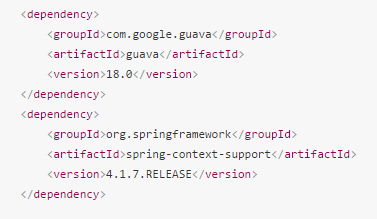Whirlwind Tour of JavaOne and Oracle Openworld 2015
JavaOne 2015 Roundups and Summary Articles I recently had the wonderful opportunity of attending JavaOne and Oracle Openworld 2015 and have extensively blogged about the social and technical aspects of the conference! Get a taste of the many events and exhibits on display and an insider's view on the conference. I will also be presenting the most important takeaways regarding the future direction of Java including an in-depth discussion of changes coming in Java 9 and how to best prepare for those upcoming changes. If you are local to the Richmond,VA then check out our meetup on the topic! http://www.meetup.com/Richmond-Java-Users-Group/events/225877596/ JavaOne 2015 Day 1 Roundup #JavaOne Day 1 roundup: https://t.co/1UpcvxZuIz - Keynote, Welcome event, #jdk9 #java 10/11 previews #JavaOne2015 pic.twitter.com/NynOszVTuf — Ippon USA (@IpponUSA) October 26, 2015 JavaOne 2015 Day 2 Roundup #JavaOne Day 2 roundup: Focus on #JDK9 and project #ji






